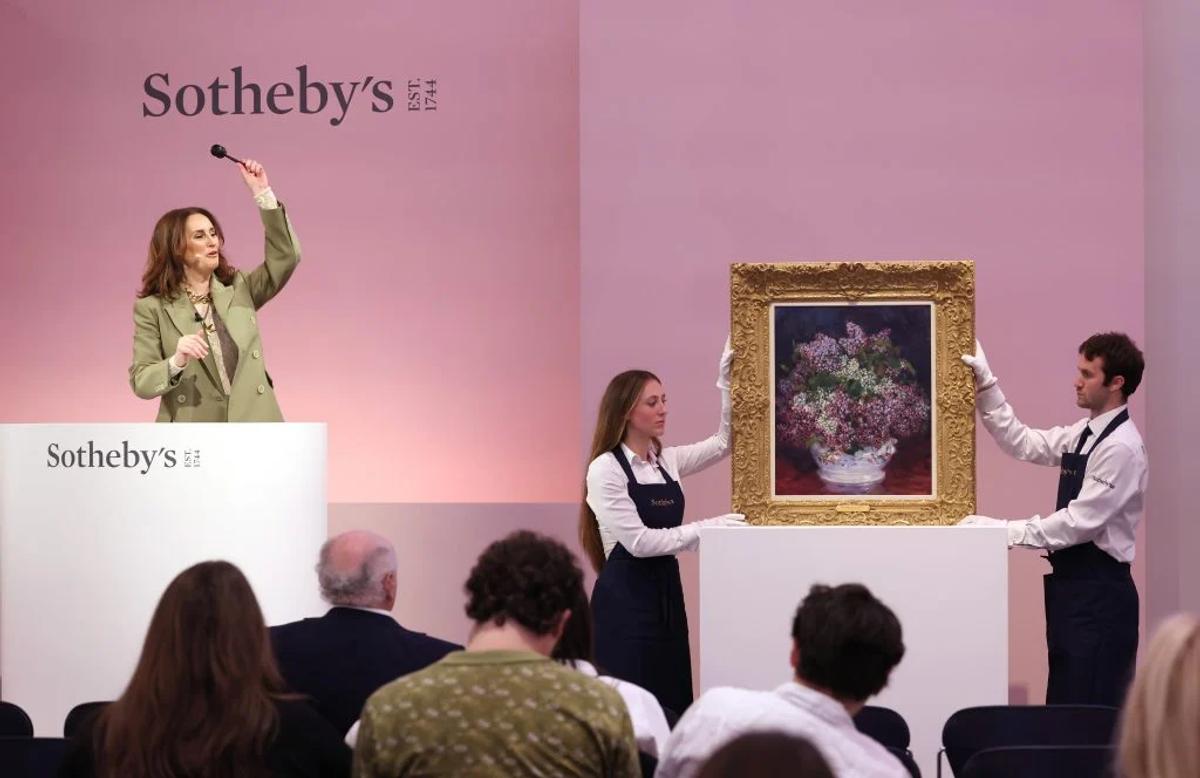The final auction season of 2024 goes into full swing this month, but little is as it used to be. London’s October moment under the hammer, once an opportunistic adjunct to Frieze, has now become a significant kickstarter after a long summer break, especially after Christie’s eschewed its June art sale in the capital to strengthen its autumn offering instead.
Yet Christie’s also launched its new 50,000 sq. ft Hong Kong headquarters this year with an atypical set of major sales in late September, opening a three-month schedule that Sotheby’s may match. (The timing of the latter’s top autumn art auctions in Hong Kong had not been announced by press time.) Straight after Frieze week comes the now-concentrated season in Paris, where Sotheby’s will use its new five-floor French home base to lure well-heeled international buyers during Art Basel Paris. The traditional November season in New York follows these new surges, with the major houses doing all they can to convince buyers to spend big ahead of Art Basel Miami Beach.
The big-name art fairs have clearly played a major part in the calendar reshuffle, but the revisions also reflect a growing consensus that nowhere is a dead cert to produce a money-spinning auction any more. Add to this today’s nervous economic backdrop, and it is easy to see why the auction houses are hedging their bets geographically. Their hope is that any seasonal slack in one area can be picked up elsewhere.
Katharine Arnold, Christie’s head of post-war and contemporary art in Europe, presents the rethink as about ensuring “great quality seasons” in each location rather than overstuffing any single hub. Sotheby’s and Phillips, which both saw lacklustre results after pressing ahead with their June evening sales in London, may have proved her point.
Has more become too much?
But the real problem—as it has been for a while—is that there is not enough high-octane art to go around, particularly while sellers wait for better times. First-half global auction totals at Christie’s, Sotheby’s and Phillips were down 27% overall this year, according to ArtTactic’s latest RawFacts report.
Staging extra auctions in a wider geographical landscape is about finding more places to sell more art at lower values, not about hitting the highs in new and old markets alike. And although online sales are a cheaper way to conduct such business, it is telling that the auction houses’ current strategy leans on bricks-and-mortar buildings and live sessions. Thus, a double whammy: the middle market is unprofitable under current commission structures but still demands costly in-person experiences.
There seems to be limited hope for an imminent turnaround, other than that interest rates have stopped rising. The true trophy lots will continue to cluster in New York’s evening sales, but even these will probably stay on a smaller scale. This year’s May season proved too much of a marathon, and the newly congested autumn already feels daunting.
For the London-to-Paris fortnight of activity, the wager is that the market can sustain both cities—though auction house executives (plus gallerists and art market journalists) looked utterly exhausted in the aisles of the French fair last year. For them, it’s an unavoidable part of the job. But collectors can and will be pickier. So expect a little bit of everything everywhere until the market finds its feet again—assuming it does.


